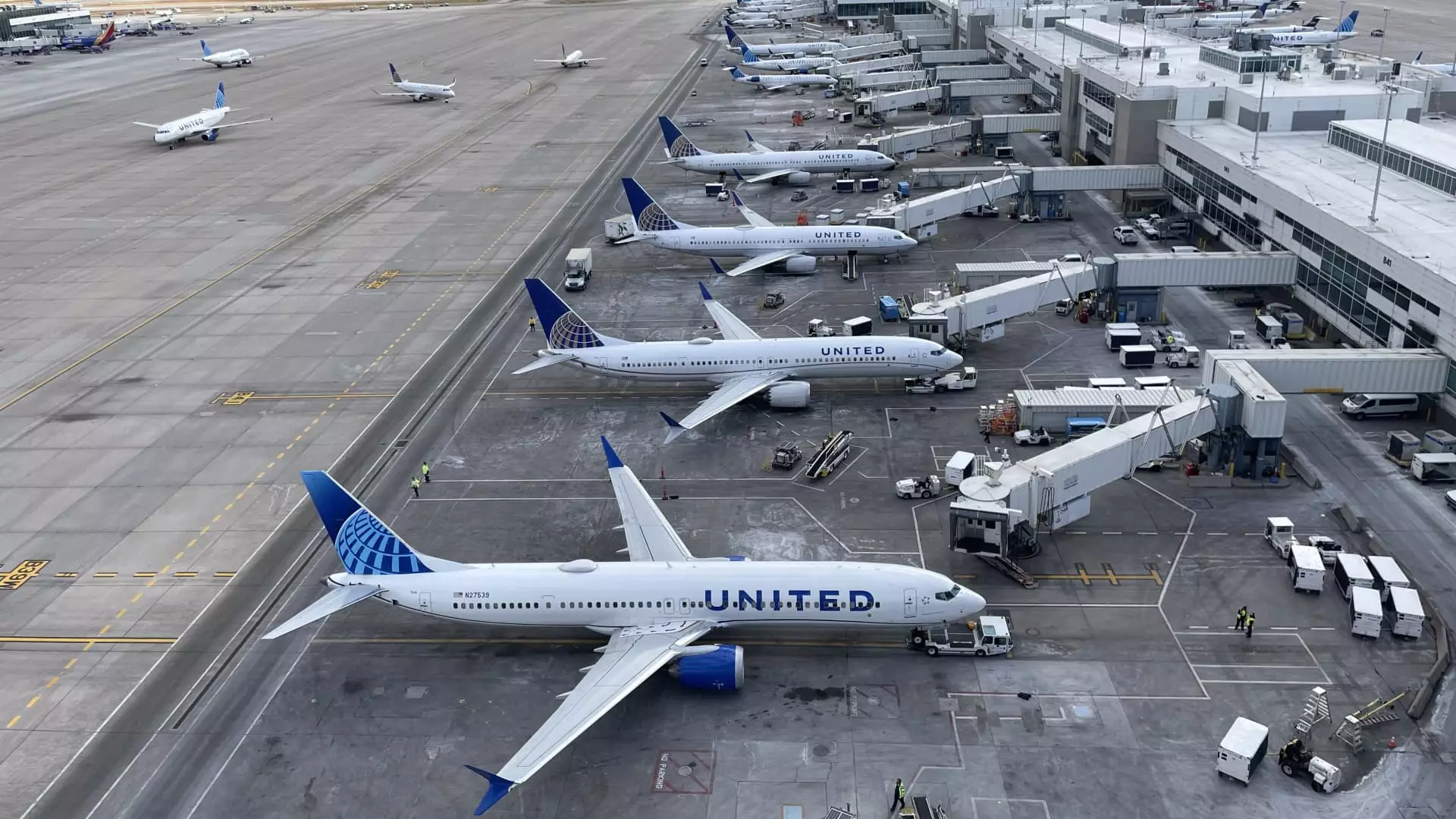United Airlines reported a strong second-quarter profit increase of more than 20% compared to the previous year. This was largely driven by robust demand for international travel, which positively impacted the carrier’s overall results. However, the third-quarter forecast fell short of expectations due to an oversupply of flights putting pressure on fares.
In the second quarter, United Airlines exceeded Wall Street estimates for earnings per share with $4.14 adjusted versus $3.93 expected. Despite revenue of $14.99 billion, which was slightly lower than the expected $15.06 billion, the airline still managed to achieve a 5.7% increase compared to the previous year. The company’s net income also rose to $1.32 billion, or $3.96 per share, up from $1.08 billion, or $3.24 per share, in the same period last year.
United Airlines anticipates earning between $2.75 and $3.25 a share on an adjusted basis in the current quarter, falling below the $3.44 a share estimated by analysts. This outlook reflects the challenges faced by the airline industry amidst an oversupply of flights impacting airfares negatively. It is essential for United Airlines to carefully manage its capacity to optimize revenues and profitability.
United and Delta Air Lines have been notable players in the industry despite the prevailing challenges. Both carriers have focused on expanding their international flight offerings, which have seen high demand following the pandemic. Additionally, the introduction of premium services such as enhanced lounges and more spacious seating options has resonated with travelers willing to pay a premium for a superior flying experience.
United Airlines expanded its domestic flying by over 5% in the second quarter, contributing to an increase in total revenue. However, unit revenues experienced a slight decline of more than 1% compared to the previous year. On the other hand, yields on flights to and from Europe saw a significant increase of over 5%, showcasing the airline’s ability to capitalize on specific market segments.
United Airlines’ CEO, Scott Kirby, remains optimistic about the company’s future performance. He mentioned that airlines have started adjusting their schedules to address unprofitable routes, which is expected to have a positive impact on unit revenue performance in the latter part of the third quarter. This strategic shift towards profitability indicates a proactive approach in managing operational challenges.
The airline industry continues to face headwinds due to the increased U.S. domestic capacity, leading to pricing pressures on fares. Despite this, airlines like United and Delta Air Lines are leveraging their international presence and premium offerings to differentiate themselves in a competitive market. It is crucial for airlines to remain agile and responsive to changing market dynamics to sustain long-term profitability.
United Airlines’ financial performance in the second quarter reflects a mix of positive outcomes and challenges faced by the industry. While the company has demonstrated resilience in the face of adversity, it must remain vigilant in navigating the current operating environment. By focusing on strategic growth initiatives and optimizing operational efficiency, United Airlines can position itself for sustained success in a dynamic market landscape.


Leave a Reply